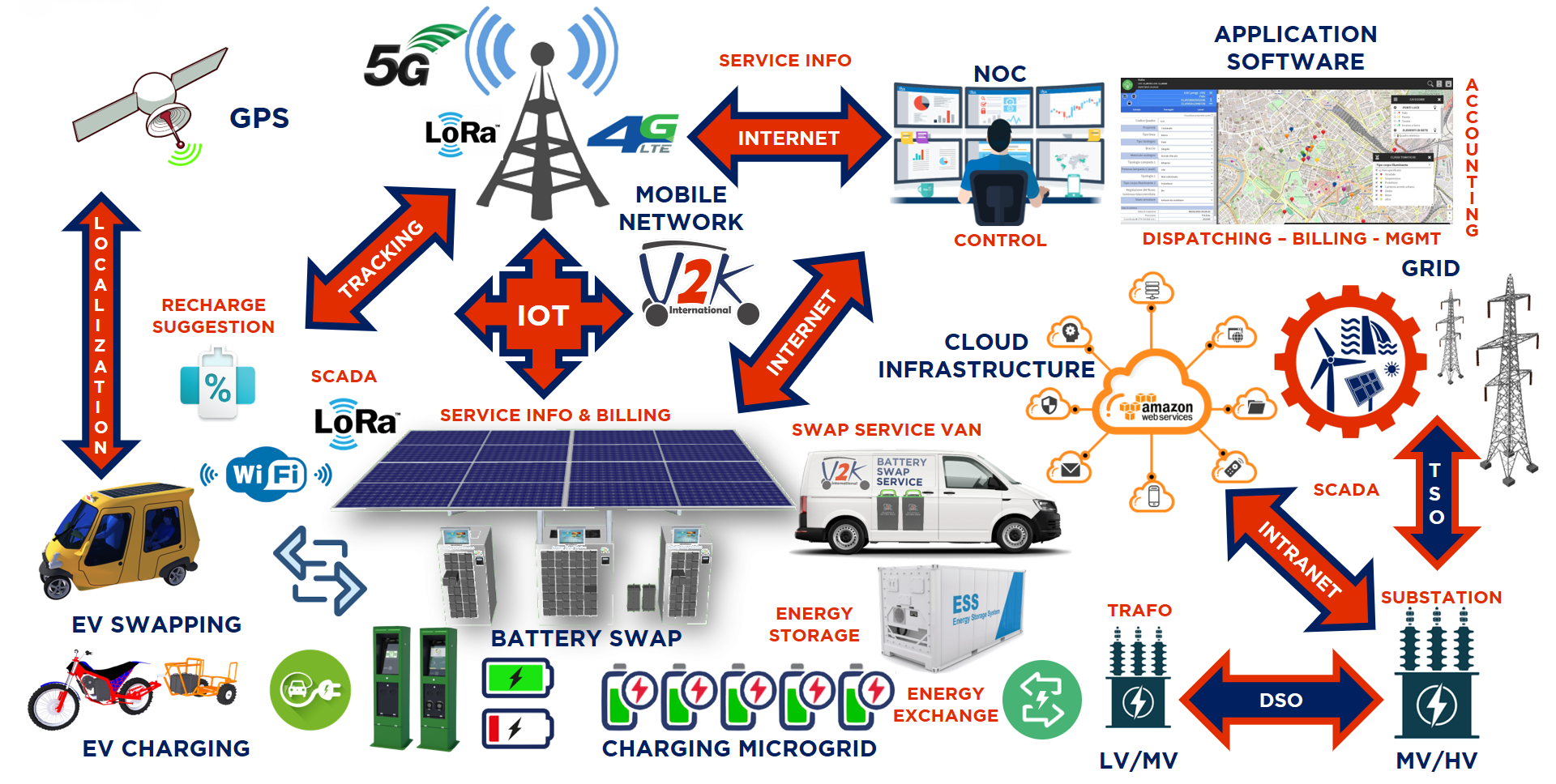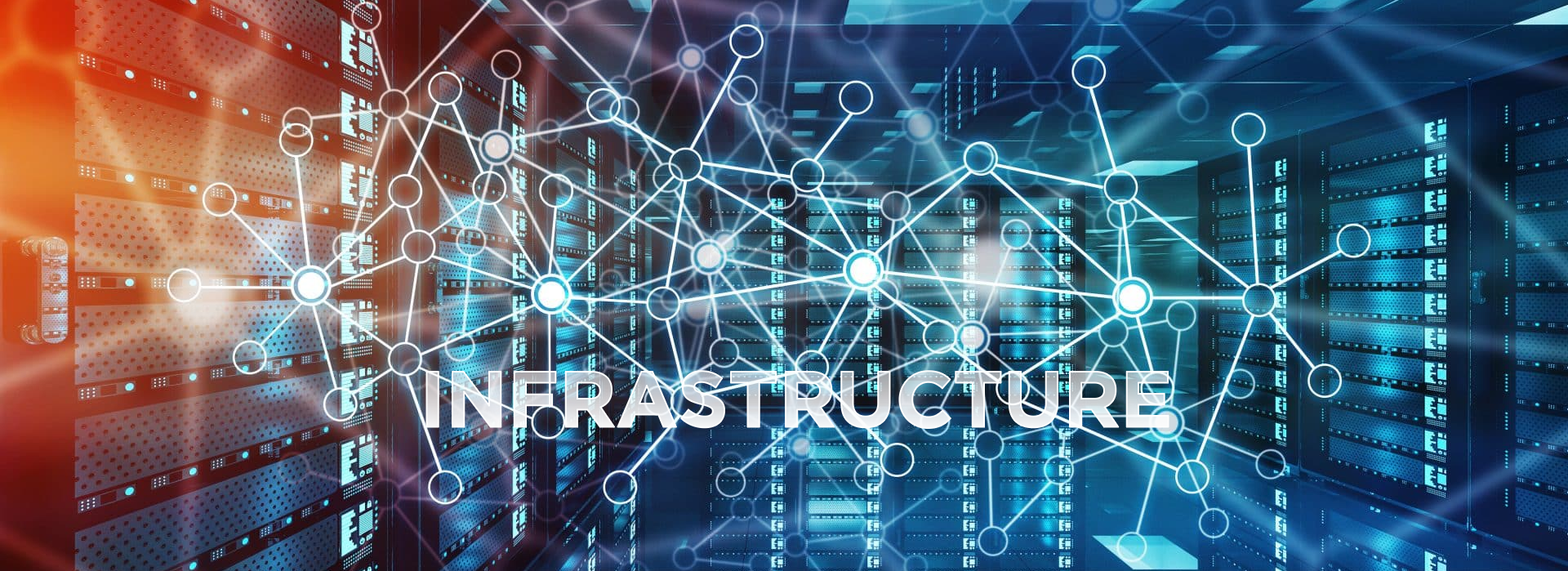Autonomous driving, Connected vehicles, the Electrification of the powertrain and Shared mobility (also commonly grouped as the ACES trends) are mutually reinforcing developments in the automotive sector. Combined, they are disrupting the automotive value chain and affecting all its stakeholders.
 Connected vehicles are poised to become potent information platforms that not only provide better experiences for drivers but also open new avenues for businesses to create value within an integrated ecosystem.
Connected vehicles are poised to become potent information platforms that not only provide better experiences for drivers but also open new avenues for businesses to create value within an integrated ecosystem.
In all cases, the ecosystem will be supported by a complex underlying technical infrastructure. This infrastructure is at the core of the U2K offering.
Electric vehicles (EVs) charging facilities and renewable energy systems can be directly associated within microgrid to achieve coordination and complementary, and reduce the negative impact on the grid.
Battery swapping can provide a new fully charged battery, which does not require depleting the energy of the old battery. Range anxiety is eased, and to some extent infinite mileage is obtained. Because battery swapping only requires a few minutes, waiting anxiety is significantly eased. Furthermore, the application of a mobile battery swapping service, based on battery swapping vans, equipped with several fully charged batteries and delivering batteries in predefined locations or on demand. When the number of battery swapping vans gets big enough, a battery can be sent to EV users anytime and anywhere. EV users can choose to stop to wait for a battery swapping van or keep driving until the battery swapping van catches up with them. This will appear as if EV users travel with an energy replenishment device, which will finally eliminate waiting anxiety and range anxiety.
All the vehicles in the infrastructure are equipped with an integrated positioning system and a communication system, to communicate with the mobility service management system and with the EV users, via wireless communication technology. With these information from the communication systems, the scheduling of service requests are received, and several information are provided, such as position and directions to battery storage locations or swapping vans, The service management system allows a centralized or semi distributed control over the whole network.


